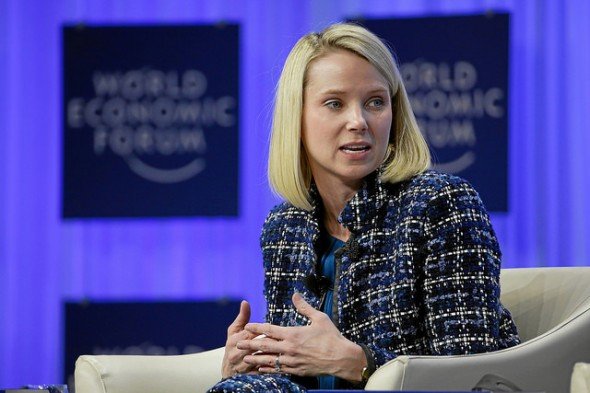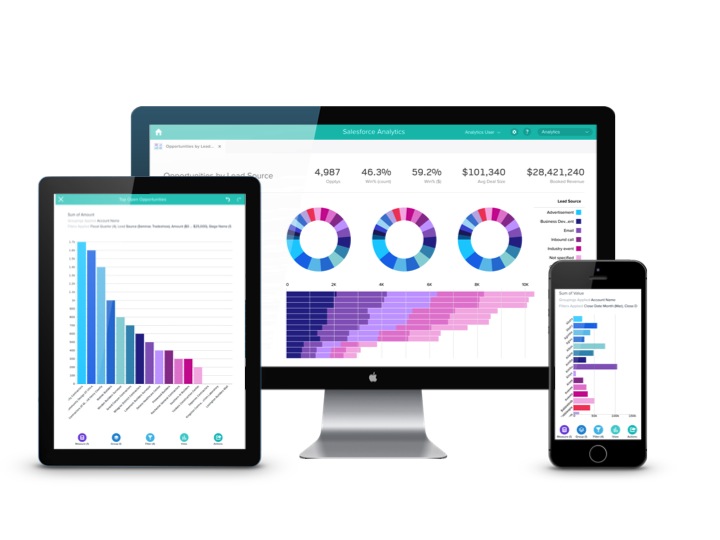We may have reached Peak Content suggests Kevin Anderson in The Media Briefing as media companies, social media services and sharing platforms flood the world with information, rendering a lot of what’s being produced by media companies effectively worthless.
For publishers trying to make money from advertising this has been the reality for the last decade as the market has been spread thinner as thousands of new channels have developed and the established players have doubled down on their efforts to churn out content.
To illustrate the content explosion Anderson cites Columbia Journalism Review’s 2010 feature The Hamster Wheel where Dean Starkman described the effect of media outlets’ focus on churning out content with a description of the Wall Street Journal’s output.
“According to a CJR tally using the Factiva database owned by the paper’s parent, News Corp., the Journal’s staff a decade or so ago produced stories at a rate of about 22,000 a year, all while doing epic, and shareholder-value-creating, work, like bringing the tobacco industry to heel. This year, theJournal staff produced almost as many stories—21,000—in the first six months.”
While that was bad enough new players were pumping even more content onto the interwebs as Anderson points out, in 2013 the Huffington Post put out 1,600 pieces a day from its 550 staffers and an uncounted army of unpaid bloggers.
The vast bulk of what is being put out is trash, in Huffington Post’s case well web optimised garbage, that adds no value to readers and is only attracting fractions of a penny per article. The model, as both Anderson and Starkman point out, is broken and no-0ne is paying much attention any more.
Fixing the broken attention model is what online travel site Skift are exploring as they rationalise their operations to focus on delivering more relevant content to their audience.
Skift’s co-founder Rafat Ali described how the company refocused on its core purpose of informing travel industry professionals about their sector and stopped regurgitating syndicated stories and those of less value.
We gave up chasing scale. We took out *all* goals on traffic on the site, for everyone. We could do this because we didn’t have tons of outside money pumping through our veins, and this was a useless pressure we created for ourselves in an effort to show the illusion of growth to investors. And since we weren’t chasing investors, we didn’t need to chase what they would consider scale. It was a vanity metric.
We cut back on spending any money on getting users through Outbrain/Facebook/Twitter. We cut back on the number of stories we were doing on a daily basis, on chasing the tail on disposable news stories. We also cut back on syndicating our stories — in which we put in a lot of effort at the start, publishing on NBC News, CNN, Quartz, Fox News, Business Insider, Mashable and many others, to zero effect on our revenues — and also cut back on publishing useless filler syndicated stories we got from a third party syndication service.
Chasing those ‘vanity metrics’ was killing Skift, just as it is for most of the publishing industry in the views of Starkman and Anderson.
While we’re still some way off finding the model that works for online publishing, Skift’s stripping back to the basics seems to be an important step in finding what’s profitable.
The biggest problem though facing the publishing industry is convincing consumers, or advertisers, of the value they are adding in a world of almost unlimited information. This is a challenge that many industries are going to face.




